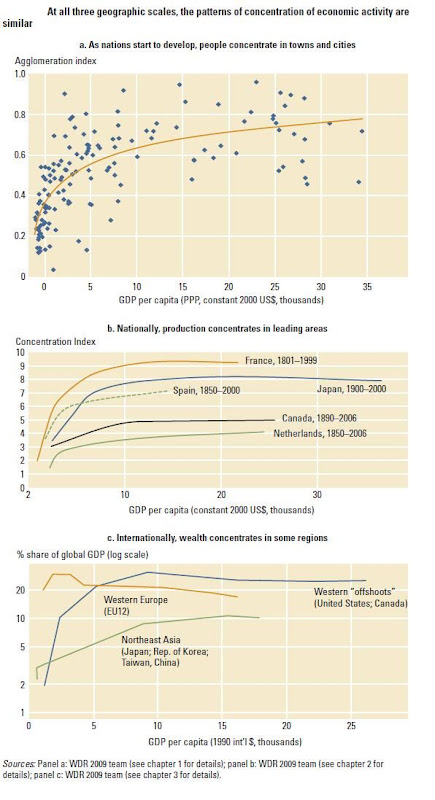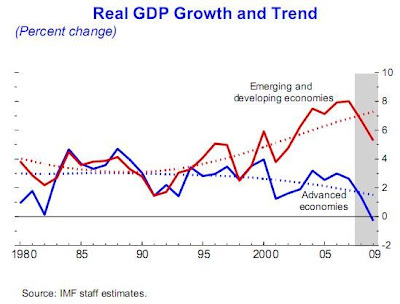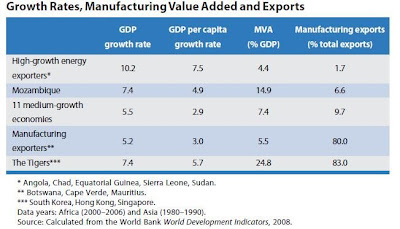Here is an article written by NYU professor Jonathan Zimmerman, who first narrates his teaching experience in a “Red” district in Nepal and then argues that Maoists’ decision to ban private schools is unjust.
In Pyuthan, the district where I taught, Maoist attacks forced private schools to close in 2001. Four years later, amid another round of violence, private schools across the country shut down. They reopened two weeks later, following a concerted campaign by parents, students, and human rights organizations.
Now these same groups are protesting the new Maoist government, which entered electoral politics two years ago and won a parliamentary majority this spring. Tired of Nepal's endemic corruption and inefficiency, voters wanted something new. They also hoped that legislative politics would moderate the Maoists, who would now have to compromise with other parties.
It hasn't worked out that way. Turning a deaf ear to protests, the Maoists are moving ahead to ban private investment in primary and secondary schooling by 2011. The goal, they say, is to reduce inequality in education.
But, there's every reason to believe that the ban would reduce education, period. At least 1.5 million Nepali children attend private schools, which now account for almost one-third of the country's 41,000 schools. If their schools are closed, where will these students go?
Some will stay home, just as they did during the first Communist attacks. Others will flood into the strapped government schools, which are already so crowded that they often hold classes outside.
So far, I don’t know if the Maoists have put out a statement saying they are planning to ban investment in private and secondary education. This might be an internal policy of the Maoists-affiliated teacher’s union and its education bureau, which is extremely is ideological and pretty much inconsistent with the advancement in science and technology in recent decades.
In this year’s budget the left-wing Finance Minister Bhattarai imposed a 5% tax on all private schools. This is a horribly bad policy. I think the main reason why he taxed the private schools was to increase sources of revenue to fund populist development projects outlined in the budget. This is how Bhattarai justifies this bad redistributive policy:
Bhattarai said the tax would be paid not by parents and students, but by educational institutions from their profits. "The operators of educational institutions have a responsibility to pay the tax from their profits. The money collected will be utilised for the welfare of children in remote areas" said Bhattarai.
The finance minister is categorizing the private education sector as a “for-profit” sector. To some extent, some private schools do act like for-profit business sector. Using this as a pretext as to impose a flat tax rate on all private schools is a misguided policy move. Also, consider the following paragraph from a commentary:
Dr. Baburam Bhattarai´s education tax policy can be relevant to those schools, which choose to pay taxes as "profit" organizations. But his call for all private schools to consider for investing in other area than education is nothing but thoughtless syndrome of totalitarian dream for state control. Dr. Bhattarai has to understand the fact that the "non-profit" organization provision of the democratic government is one of fundamental factors of mixed economy system.
The Maoists have been against the private schools because of the exorbitant tuition fees. The waged a war on the private schools and had bombed several of them. The quality of private school education exceeds the public school’s by a wide margin.
This is not the end of the story. The Maoists government has also decided to give academic credentials to all former-rebels who left school to join “people’s war”. One of my friends termed this as “Bachelor of People’s War”. No where in the world (save Nepal) you can find a finance minister who promises a degree to former-rebels based on the number of years they spent fighting against security forces! More here.
Bhattarai further stated that those without academic credentials would also receive the certificates. Why? Apparently because they possess sufficient skillls and knowledge but could not go to school because of financial or other problems.
Put another way, when this degree-for-experience (D4E) plan is carried out, the path to earning a degree will not be the old-fashioned way of studying hard to fulfill the requirements, but of having a political leader vouch that you were in the jungles of Rolpa toting a gun at a time when you should have been at school in Tulsipur.
Assuming that the D4E is not a new rung placed on the career ladder of ambitious young Maoists, it is destined to be a corruption-ridden plan. It won't help anyone in the job market. And there is a better way to teach the former rebels how to fish for themselves.



